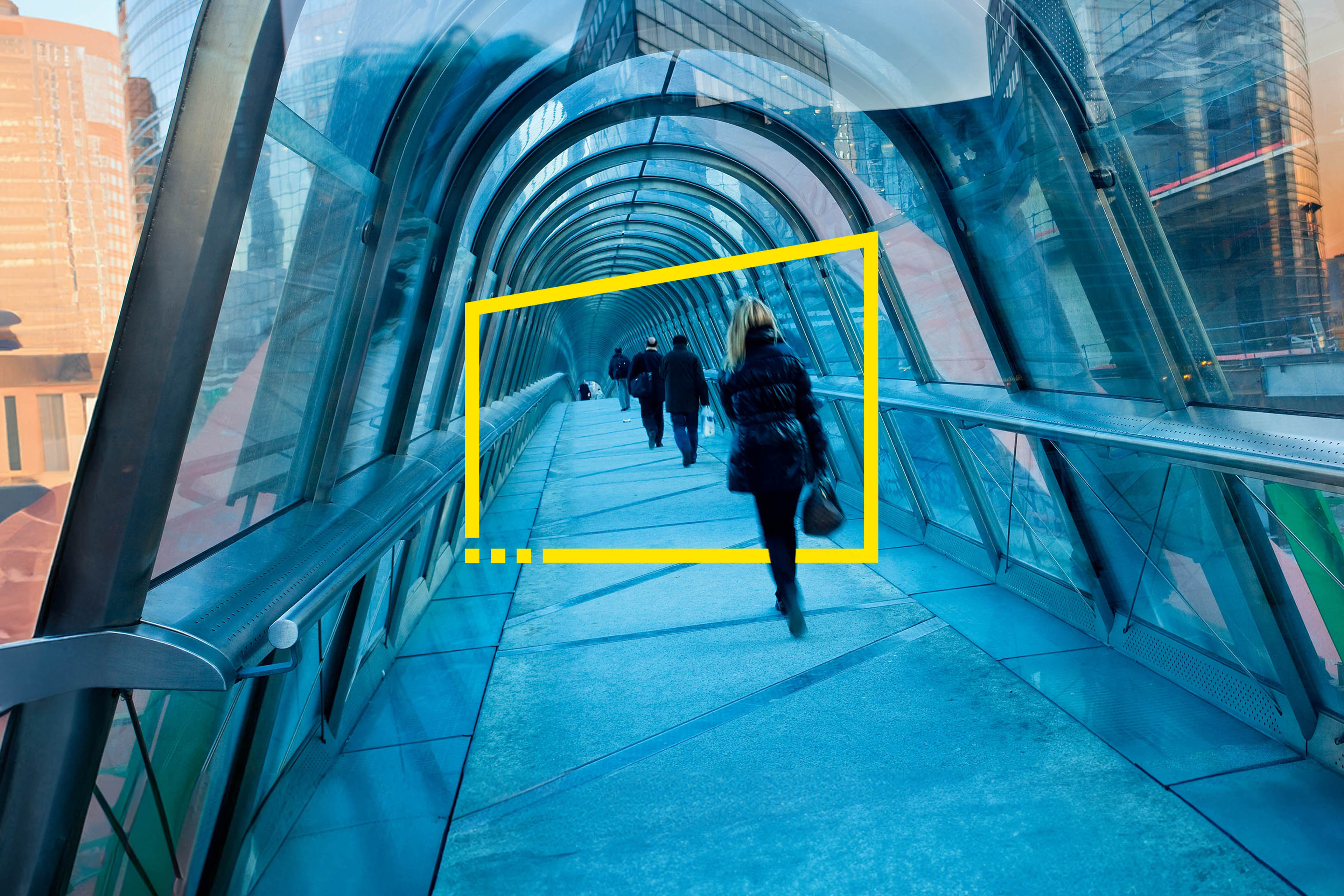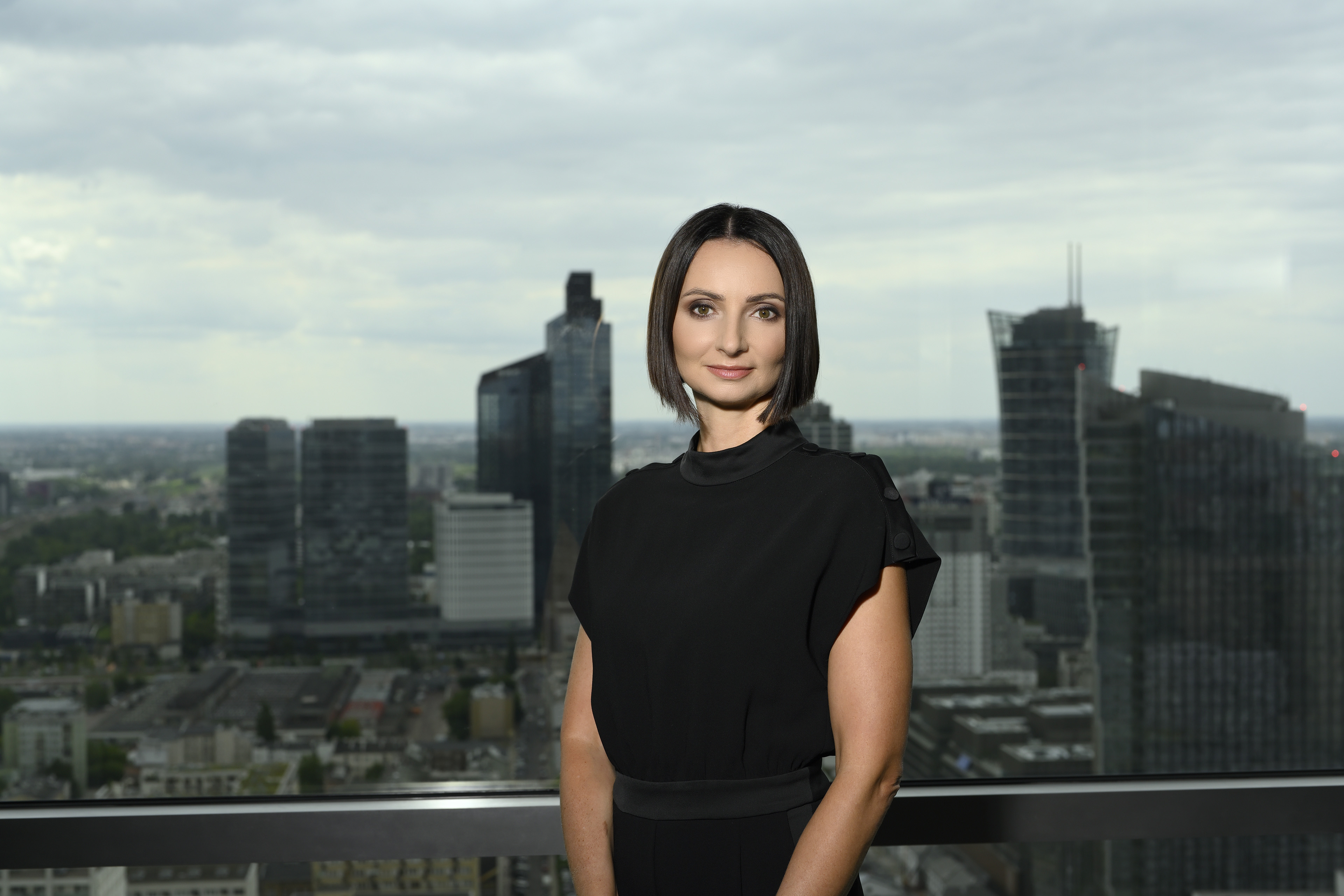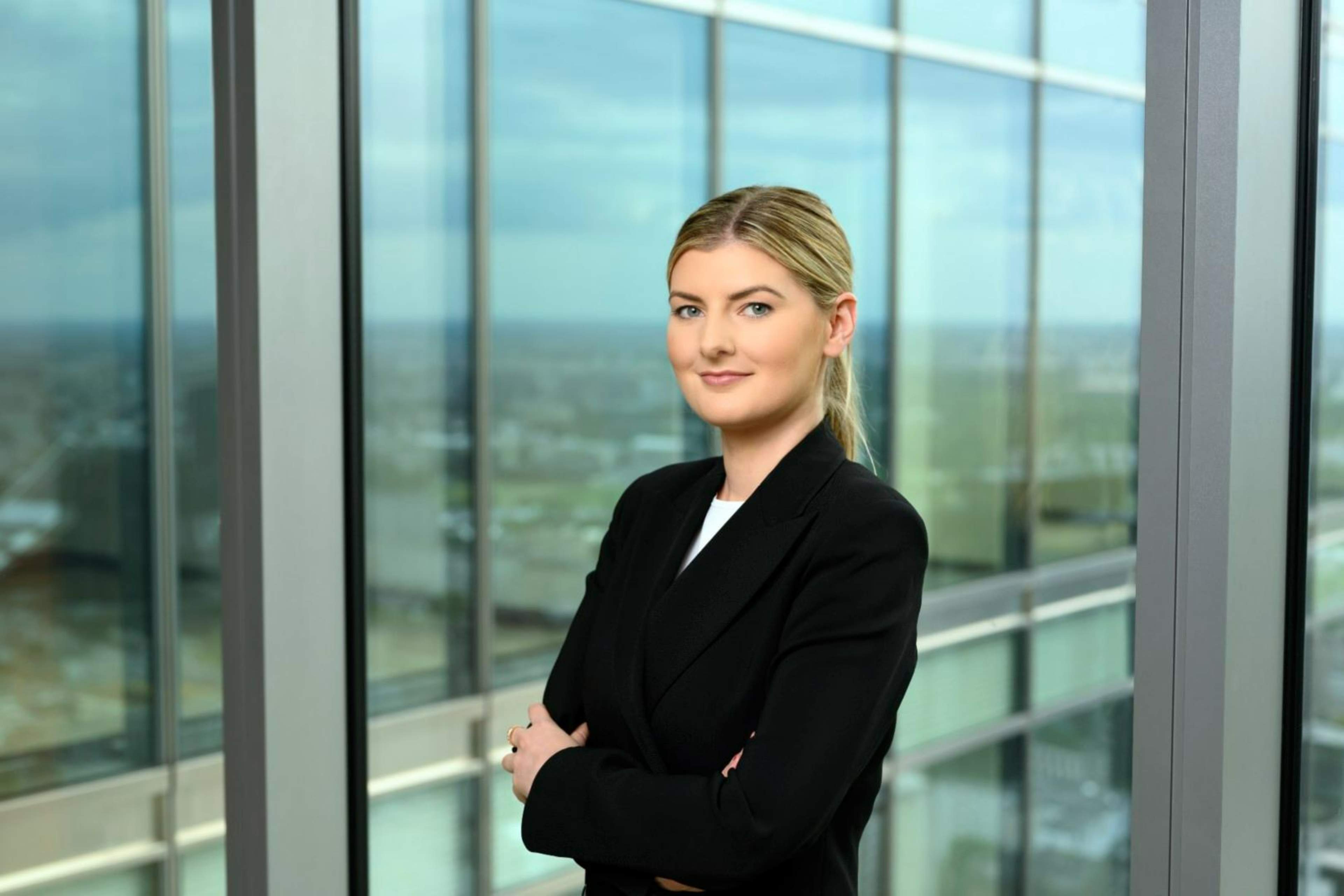EY refers to the global organization, and may refer to one or more, of the member firms of Ernst & Young Global Limited, each of which is a separate legal entity. Ernst & Young Global Limited, a UK company limited by guarantee, does not provide services to clients.

Here is the Make IT clear special materials 02/2023
Topics discussed:
- Intellectual property - ChatGPT is taking popularity by storm!
- IT - The European Union wants to develop the semiconductor market - a few words about the Chip Act
- Cybersecurity - What is the DORA Regulation?
- Data protection - Datatilsynet has published a report and checklist on informing users about the use of artificial intelligence (AI)
- E-commerce - UOKiK examines how entrepreneurs have complied with regulations arising from the Omnibus Directive
- Legal Alert – GDPR - Sectoral control plan 2023

Chapter
Intellectual property
ChatGPT is taking popularity by storm!
What is ChatGPT?
The OpenAI organization has created ChatGPT, i.e. an advanced chatbot using artificial intelligence, based on the Generative Pre-trained Transformer 3 (GPT-3) machine learning model.
ChatGPT can generate a natural-sounding answer to a user's question in real time. ChatGPT works in multiple languages (including Polish) and uses 'knowledge' extracted from Internet resources. It is capable of answering user-submitted questions in an accessible manner and of holding a conversation with the user on any topic, and is also capable of generating text according to user-specified instructions.
ChatGPT was launched on 30 November 2022 and has been a global success, with more than one million users within the first five days of its launch.
Example use of ChatGPT
First of all, ChatGPT can be used to generate answers to questions, create articles, reports or social media posts, as well as other textual content within customer service systems. ChatGPT can also be used to help write a computer programme, as it is familiar with programming languages.
According to the Fishbowl survey (available at link: fishbowlapp.com), marketing professionals (37% of respondents) and IT professionals (35% of respondents) are the most likely to use ChatGPT. This was followed by professionals from the financial sector and lawyers.
ChatGPT and intellectual property law
The emergence of such advanced tools based on artificial intelligence poses challenges that require appropriate regulation to ensure the protection of intellectual property rights and to set a framework for the use of such tools in specific sectors, e.g. education.
Doubts should also be raised about the possibility of granting protection to content (text, graphics or video material) created using artificial intelligence-based systems.
There are different approaches to this problem around the world, but the prevailing view today is that only man-made works can be protected under copyright law and, given the high creative autonomy of artificial intelligence systems, there is no human connection between the generated work and humans. The inability to grant copyright protection to content generated by artificial intelligence systems, according to some, points to the need for separate legislation under which such works would be protected.
Another challenge for regulation is the issue of infringement of intellectual property rights by artificial intelligence systems. This is because there is a risk that these systems may (unintentionally or intentionally) generate content that infringes the intellectual property rights of others.
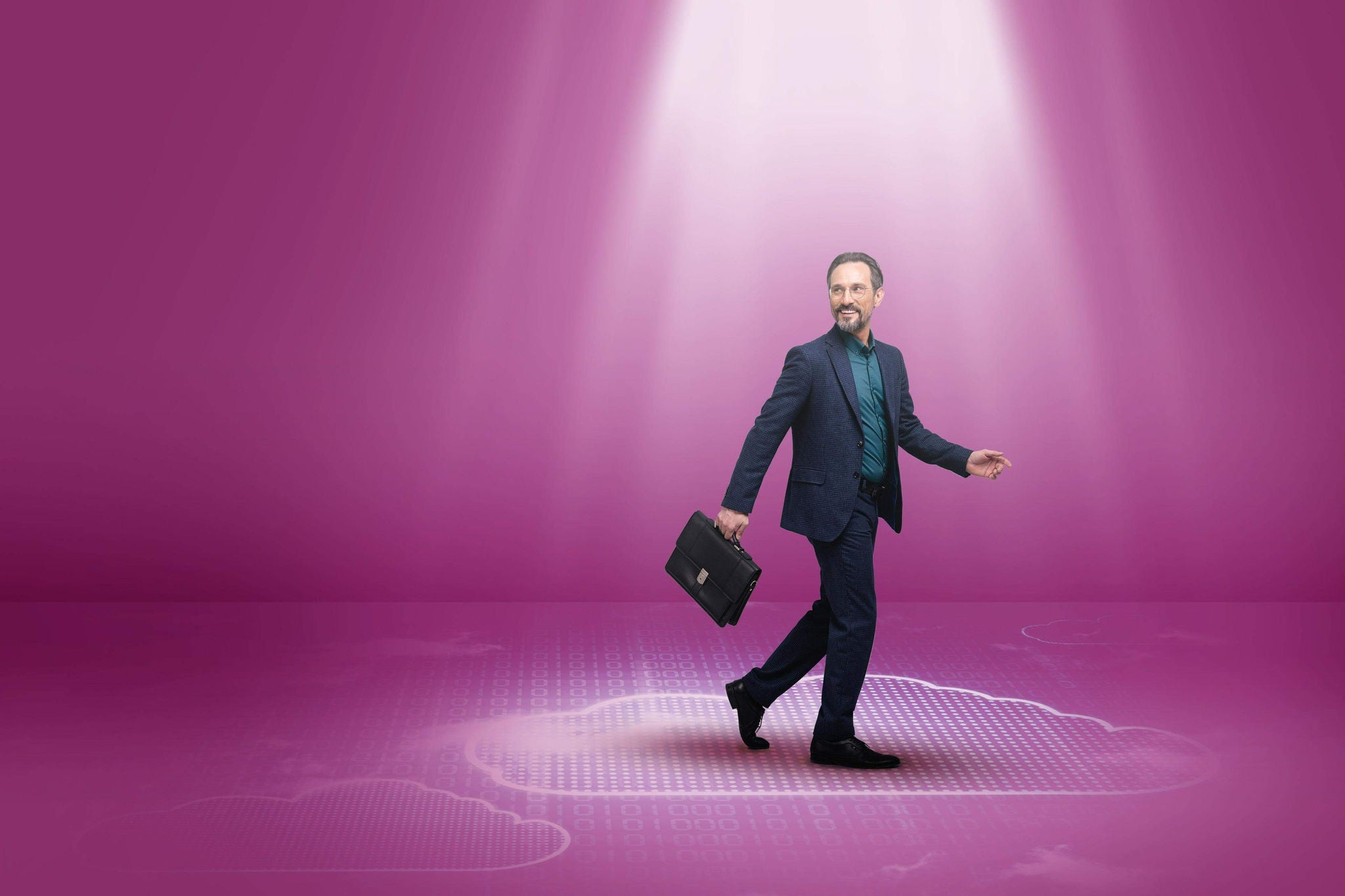
Chapter
IT
The European Union wants to develop the semiconductor market - a few words about the Chip Act
On 1 December 2022. The Council adopted its position (general approach) on the proposed regulation establishing a framework for measures to strengthen the European semiconductor ecosystem - known as the „Chip Act”.
Purpose of the new regulation
- Strengthen Europe's leadership in research and technology and work on smaller and faster chips.
- Introduce a framework to increase EU production capacity to 20% of the global market by 2030.
- Building and increasing innovation capacity in the design, manufacture and packaging of advanced chips.
- In-depth understanding of global semiconductor supply chains.
- Addressing skills shortages, attracting new talent and supporting the education of a skilled workforce.
What is a chip?
The planned regulation defines a chip as an electronic device comprising various functional elements on a single piece of semiconductor material, typically taking the form of memory, logic, processor and analogue devices, also referred to as ‘integrated circuit’.
Chips are used in almost every IT, mobile device and critical infrastructure used in the health, energy, communications and automation sectors, through to most other industries.

Chapter
Cybersecurity
What is the DORA Regulation?
On 27 December 2022, the regulation on digital operational resilience for the financial sector, the so-called DORA, was published in the Official Journal of the EU. DORA has the rank of an EU regulation which means that it is a legal act directly applicable in individual EU countries. The regulation entered into force on 16 January 2023. DORA addressees have until 17 January 2025 to prepare for the new regulation.
Purpose of regulation
DORA is designed to guarantee the continuity and quality of financial sector service delivery despite disruptions affecting information and communications technology (ICT). Digital operational resilience is defined as the ability to build, test and continuously improve the technological and operational integrity of an organization. Additionally, DORA aims to create a harmonized regulatory environment that includes not only the financial sector, but also public administrations and entities recognized as key technology providers.

Chapter
Data protection
Datatilsynet has published a report and checklist on informing users about the use of artificial intelligence (AI)
Datatilsynet has published a report to assist data controllers who process data using artificial intelligence (AI).
The report sets out what information on the use of AI should be made available to data subjects, as well as in which cases and how data subjects should be informed about the use of AI. Although the report is in the form of a recommendation and is not binding, it can also serve as a reference for controllers and supervisory authorities from other EU Member States.
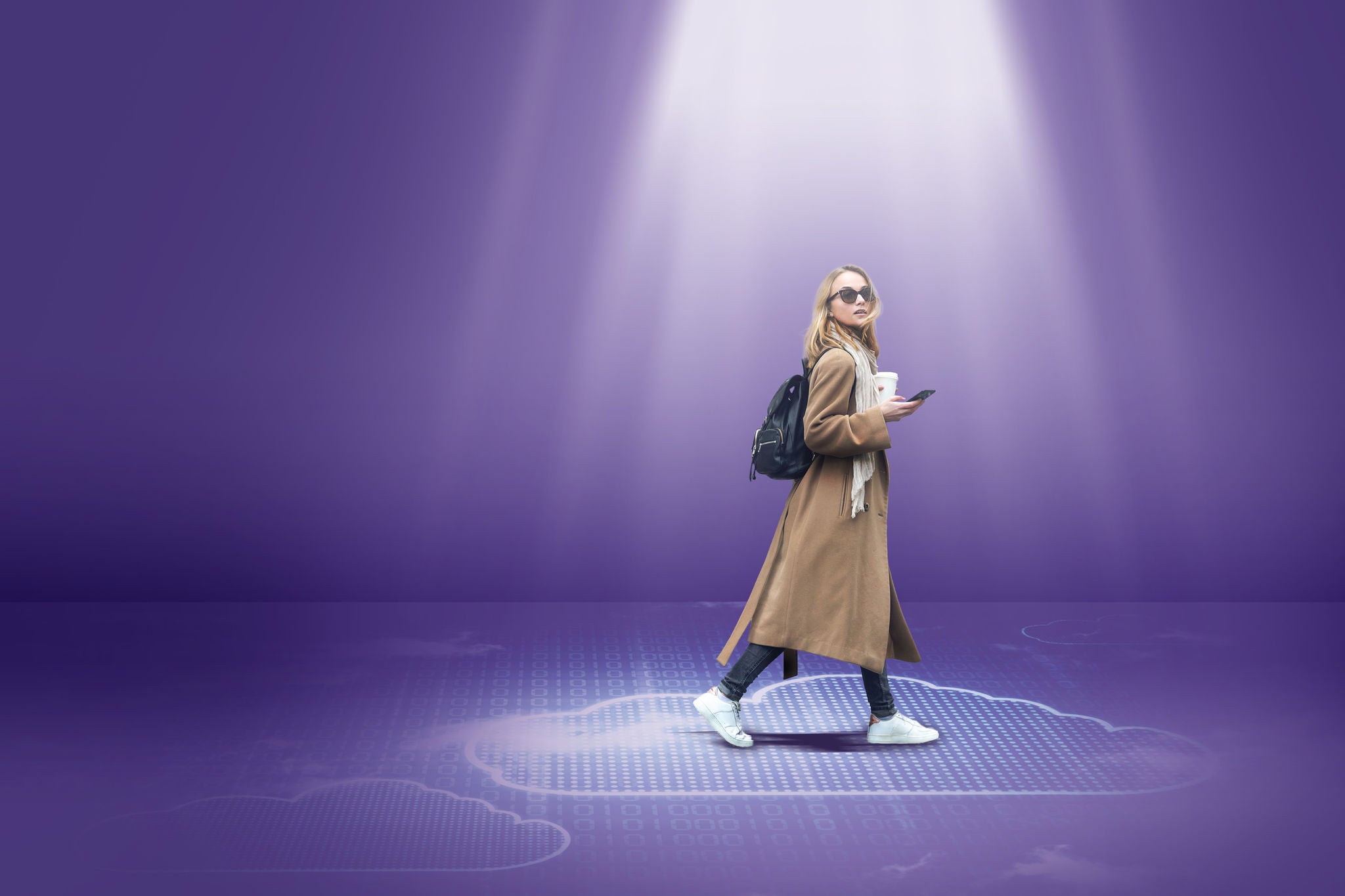
Chapter
E-commerce
UOKiK examines how entrepreneurs have complied with regulations arising from the Omnibus Directive
As of 1 January 2023, new rules resulting from the implementation of Directive (EU) 2019/2161 of the European Parliament and of the Council of 27 November 2019 amending Council Directive 93/13/EEC and Directives 98/6/EC, 2005/29/EC and 2011/83/EU of the European Parliament and of the Council as regards the better enforcement and modernization of Union consumer protection rules (the so-called Omnibus Directive) into national law are in force.
The UOKiK checked whether and how entrepreneurs complied with the new rules on making the lowest price visible from the 30 days preceding the announcement of a promotion. For this purpose, the UOKiK checked around 40 websites of e-commerce entrepreneurs in various industries.
Alert GDPR
Sectoral control plan 2023
The Personal Data Protection Office has adopted the sectoral control plan for 2023. In the current year, the Office will focus on the control of mobile and internet (web) applications. In particular, the Personal Data Protection Office intends to control how personal data processed in connection with the use of such applications is secured and shared.
The Personal Data Protection Office detailed sectoral audit plan for 2023 promises to cover the following categories of entities:
1.Authorities processing personal data in the Schengen Information System and the Visa Information System - processing of SIS/VIS personal data on the basis of the provisions of the Act of 24 August 2007 on the participation of the Republic of Poland in the Schengen Information System and the Visa Information System, implementing acts and European Union regulations.
2.Entities processing personal data using mobile apps - how to secure and share personal data processed in connection with the use of apps.
3.Entities processing personal data using online (web) applications - how to secure and share personal data processed in connection with the use of the application.
Bearing in mind the control plan adopted by the Personal Data Protection Office, we encourage you to perform a compliance audit of your mobile and web applications with data protection regulations.
Source: The Personal Data Protection Office
As each year begins, hundreds of works enter the public domain. The works of authors who died more than 70 years ago become public domain, which means that they can be freely copied, modified and distributed, including for commercial purposes.
With the beginning of 2023, original versions of works by authors who died in 1952 entered the public domain. It should be emphasized that translations of these works, i.e. dependent works, are protected as independent objects of copyright. This means that they will only enter the public domain 70 years after the death of their creators, i.e. the authors of the translation.
On 1 January 2023, works by authors such as:
- Waldemar Bonsels – author of the world-famous children's book "Pszczółka Maja i jej przygody„
- Maria Montessori – author of the Montessori philosophy of children's education
- Ferenc Molnár – author of the novel „Chłopcy z Placu Broni”
- Adama Półtawski – graphic artist and typographer, author of the typeface "Antykwa Polska" popular from the times of the Second Polish Republic to the present day
- Stefan Norblin – artist, painter and architect
You can find a full list of authors who died in 1952 and whose work has passed into the public domain at the link: 2023 in public domain - Wikipedia
Contact us!
Summary
Here is the next study prepared as part of the Make IT clear program.
Every month we will show you the trends that entrepreneurs should follow and the solutions that should be implemented in order to be up to date with the law of technology, intellectual property and data protection. We will also indicate the risks and challenges associated with your business.
Do not hesitate to contact us!

